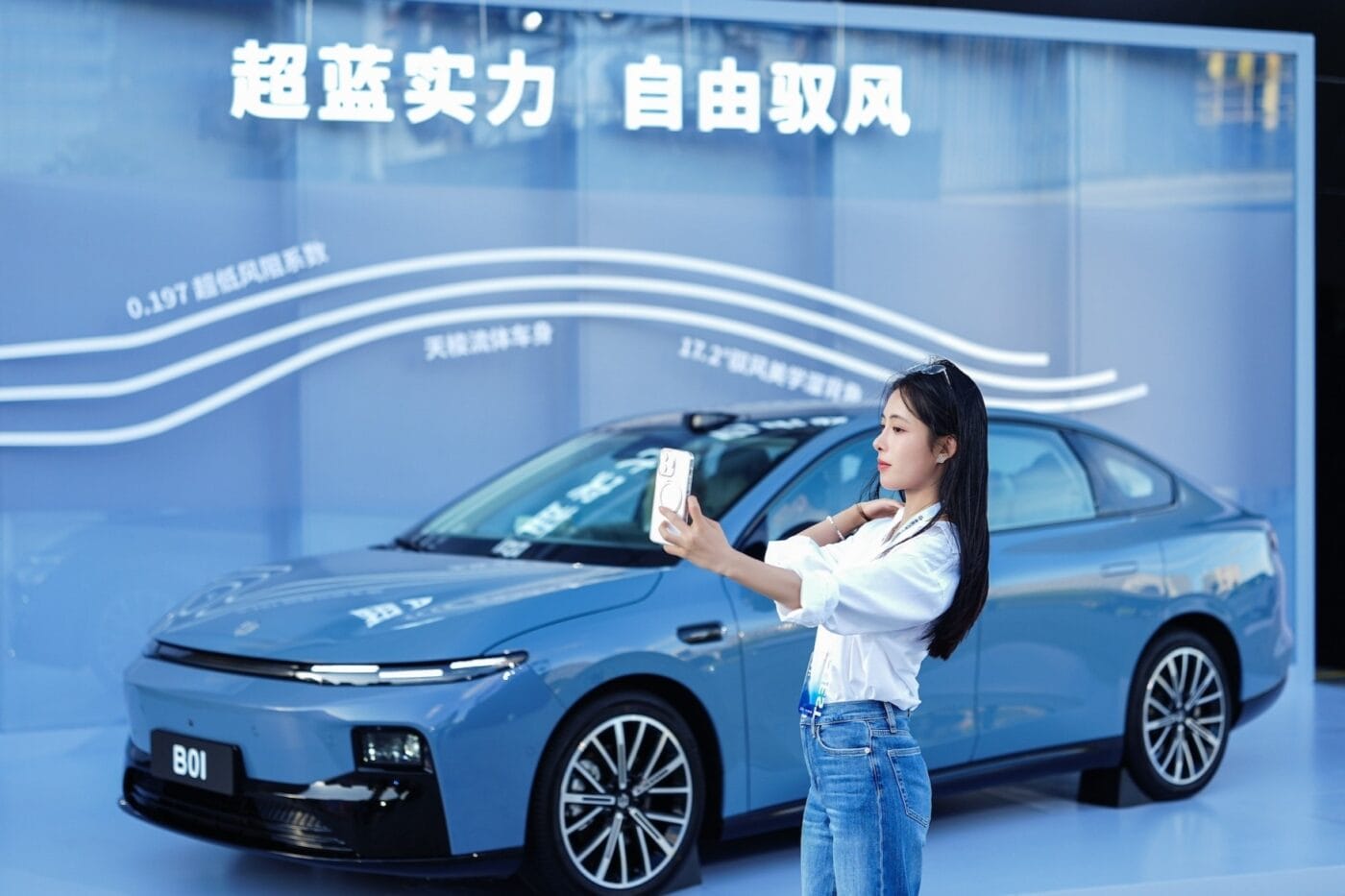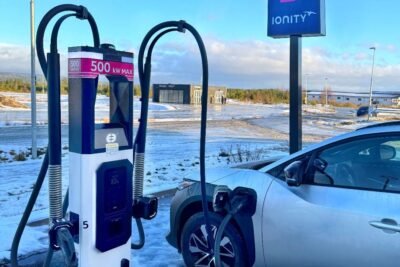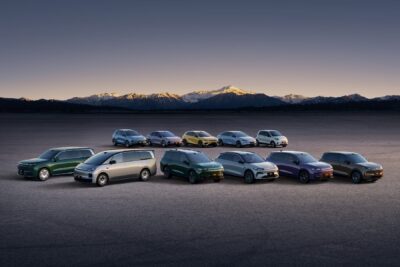China: EV sales rise while PHEV demand declines
That July’s figures were slightly below those from June was already the case last year. At that time, the number of new energy vehicles fell from 1,049,000 to just under the million mark at 991,000 vehicles. In 2025, the level is slightly higher – by exactly 27.4 per cent in a July comparison: 1.26 million NEVs represent growth over the year, but fall short of the 1.329 million sales in June. This is a decline of five per cent.
According to the China Association of Automobile Manufacturers (CAAM), the wholesale figures cover both domestic sales and exports. NEVs include battery electric vehicles (BEVs), plug-in hybrids (PHEVs), and fuel cell electric vehicles (FCEVs), though fuel cell sales remain negligible in China’s passenger car market.
The overall Chinese auto market grew by 14.7 per cent year-on-year in July to 2.59 million vehicles, but fell by over 10 per cent compared to June. NEVs outpaced the total market growth and showed smaller month-on-month losses. Their market share rose to 48.7 per cent, surpassing 43.8 per cent in July 2024 and 45.8 per cent in June 2025.
Weakest PHEV growth since 2021
In China, 1.04 million New Energy Vehicles remained on the domestic market, accounting for the vast majority of wholesale sales. NEV exports reached 225,000 units – up 120 per cent year-on-year and even ten per cent higher than in the already strong June. As a result, almost 40 per cent of China’s car exports now come with an electric drivetrain – at least partially, in the case of plug-in hybrids.
A look at the powertrain types shows that battery-electric vehicles achieved 811,000 sales in July, a 47.1 per cent increase over the previous year, but 5.6 per cent down on June. Plug-in hybrids fell by 4.0 per cent compared to June, yet were up just 2.8 per cent year-on-year – the weakest growth rate since “at least January 2021,” according to the CN EV Post. A year ago, the trend was exactly the opposite: back then, BEV sales were sluggish, while plug-in hybrids set a new monthly record.
Looking at the manufacturers: BYD remains the undisputed market leader but could not maintain the near-steady level of the past four months – 344,296 NEVs mean a ten per cent drop compared to June. Year-on-year, BYD sits almost exactly at the July 2024 level. However, the shift in demand for plug-in hybrids is evident at BYD as well: with 163,143 PHEVs, sales of the part-time EVs fell both year-on-year (-22.6%) and month-on-month (-4.5%) and have now trailed BEV sales for four months in a row. The 177,887 battery-electric cars represent a 36.8 per cent increase year-on-year. BYD’s NEV exports surged 169 per cent to 80,737 vehicles, though the figures do not distinguish between BEVs and PHEVs.
Tesla recorded wholesale sales of 67,886 electric cars in July – down 8.4 per cent from a year ago and slightly below the June result. Of these, 40,617 units remained in China. According to CN EV Post, Tesla fell short of last year’s result in five of the first seven months of the year. In total, Tesla delivered 304,027 vehicles in China so far this year, a 6.3 per cent decline.
Among Chinese EV startups, Xpeng sold 36,717 vehicles in July – up 229 per cent year-on-year and marking the ninth consecutive month above the 30,000 mark. Nio delivered 21,017 vehicles in July, including 12,675 under its main brand, 5,976 Onvo models, and 2,366 Firefly cars. Xiaomi continues its now almost traditional lack of monthly precision, merely stating deliveries exceeded 30,000 vehicles – reportedly a new record.
While the three startups above are now performing solidly, none can currently match Leapmotor’s growth. After a huge sales surge in 2024 and a brief dip at the start of 2025, Leapmotor’s curve is pointing sharply upwards again. July’s 50,129 vehicles mark not only the third consecutive monthly record but also the first month above the 50,000-delivery threshold. Year-to-date, Leapmotor stands at 217,793 units – 150 per cent more than at the same point in 2024.
The Geely-owned Zeekr Group delivered 44,193 vehicles in July, including 16,977 under the Zeekr brand – up slightly both year-on-year and month-on-month. However, most deliveries came from the Lynk & Co brand, which grew 28 per cent to 27,216 vehicles. Great Wall Motor recorded 34,593 New Energy Vehicles in July – 43.3 per cent more than in July 2024, but five per cent down on June. NEVs accounted for 33.14 per cent of Great Wall’s total sales, its best month to date. The startup Li Auto, originally specialising in range-extender models, suffered its second consecutive decline with 30,731 vehicles – down 39.7 per cent year-on-year and 15.3 per cent from June.
cnevpost.com (CAAM), cnevpost.com (BYD), cnevpost.com (Tesla I), cnevpost.com (TeslaII), xiaopoeng.com (Xpeng), nio.com (Nio), cnevpost.com (Xiaomi), cnevpost.com (Leapmotor), cnevpost.com (Zeekr), cnevpost.com (GWM), cnevpost.com (Li Auto)





0 Comments